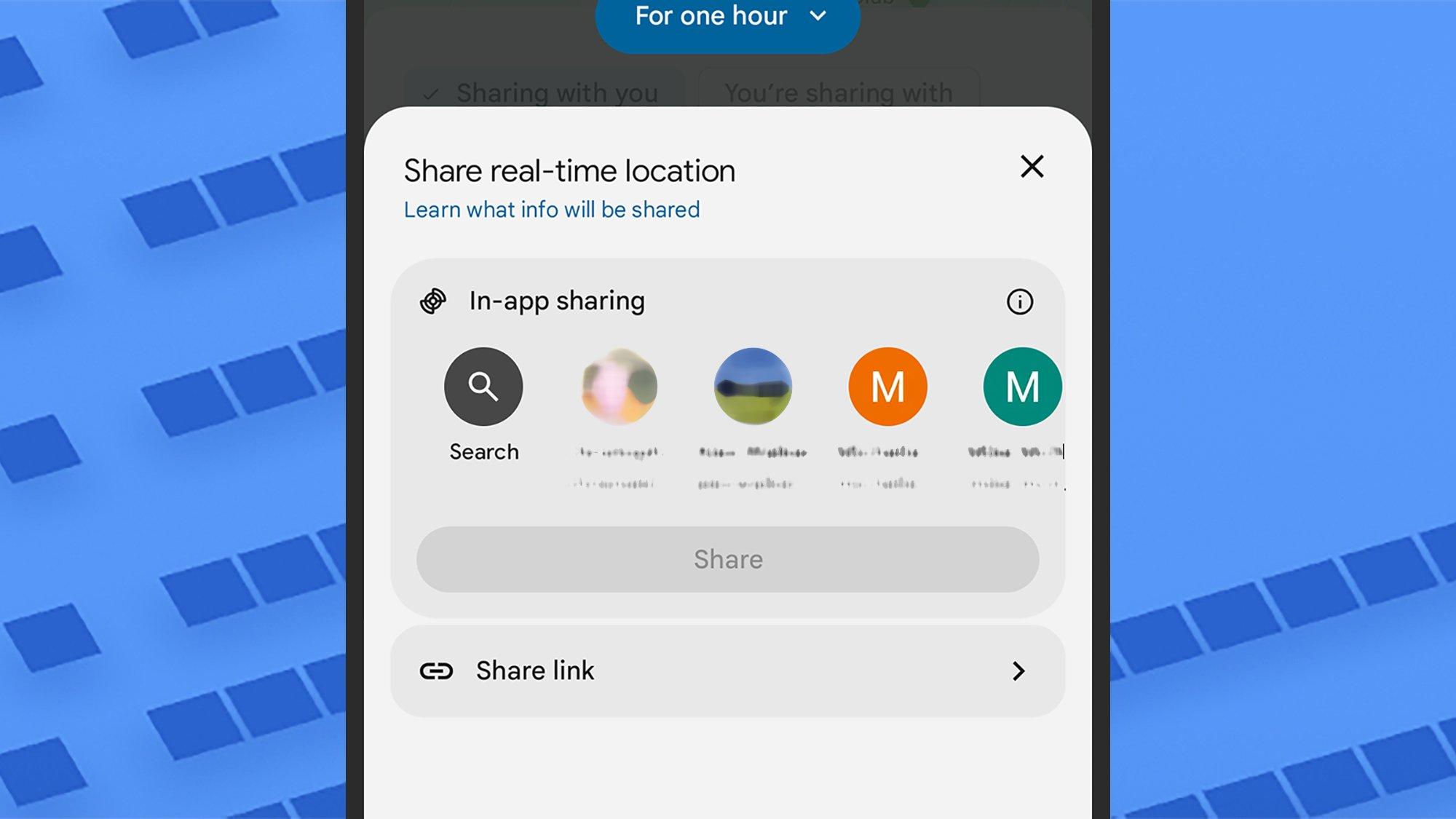Google's Find My Device service continues to evolve with significant new features that expand its functionality beyond just locating lost gadgets. The latest updates introduce people tracking capabilities and hint at upcoming changes to how devices join the network, making the service more comprehensive and potentially more competitive with Apple's Find My network.
New People Tracking Tab Arrives
Google has added a new People tab to its Find My Device app for Android, allowing users to track the real-time locations of friends and family members. This feature, currently labeled as beta, enables users to coordinate meet-ups or check that loved ones have safely arrived at their destinations. The location sharing functionality is powered by Google Maps, meaning it works with contacts who use iPhones as well, provided they have Google Maps installed. Users can choose to share their location for specific durations—ranging from one hour to indefinitely—and can see not only where their contacts are but also their device's battery level.
Integration with Existing Google Maps Features
While the people tracking capability might seem new, it's essentially the same location sharing functionality that has been available in Google Maps for some time. Google has simply made it accessible from another interface, creating a more cohesive experience within the Find My Device ecosystem. Users who have already set up location sharing through Google Maps will find their contacts automatically listed in the new People tab. The integration allows for seamless transitions between finding devices and locating people, all within a unified platform.
Automatic Opt-ins Coming Soon
According to recent APK teardowns of Google Play Services, Google appears to be preparing to expand the Find My Device network through more automatic opt-in scenarios. Currently, devices are automatically enrolled in the network when users add a Google Account, but future updates may trigger enrollment when users turn on location access, sync a device's recent location, or pair Fast Pair accessories. Google seems to be planning to send explanatory emails when these changes roll out, giving users the opportunity to opt out if desired.
Upcoming Automatic Opt-in Triggers
- When turning on Location access
- When syncing recent location of another device
- When pairing Fast Pair accessories
- When stopping use of other devices
Growing the Network for Better Device Finding
These automatic opt-in changes suggest Google is working to strengthen its Find My Device network by increasing the number of participating devices. A larger network would improve the chances of locating lost items, as the system relies on nearby Android devices to anonymously detect and report the location of offline devices. This approach mirrors Apple's Find My network, which leverages the vast number of iOS devices to create a robust finding system. By lowering the barriers to entry, Google aims to make its network more effective for all users.
Enhanced Device Finding Capabilities
The Find My Device service received major upgrades last year that significantly improved its functionality. Unlike earlier versions that required phones to be powered on and connected to Wi-Fi, the enhanced service can locate devices even when they're offline by using the network of Android devices. Recent Pixel phones can even be located when powered off. The service also supports third-party Bluetooth trackers and offers features like remote sound activation, locking, and data wiping to protect user information.
Current Find My Device Features
- Device tracking for Android phones, tablets, and compatible accessories
- Ability to locate devices even when offline through network of Android devices
- Sound activation to help find nearby devices
- Remote locking and data wiping capabilities
- Support for third-party Bluetooth trackers
- Recent Pixels can be located when powered off
Web Access and Cross-Platform Limitations
Find My Device is available as a preinstalled app on Pixel devices, as a free download for other Android devices, and through a web interface. While the web version offers the same Devices and People tabs, it doesn't allow users to add new contacts for location sharing. Though there's no dedicated iPhone app for Find My Device, the integration with Google Maps means Android users can still track iPhone-using contacts who have the Google Maps app installed and have agreed to share their location.
Privacy Controls Remain Central
Despite the expansion of automatic opt-ins, Google emphasizes that users maintain control over their privacy. Location sharing requires explicit consent from both parties, and users can choose how long to share their location. For device finding, the network uses encrypted data to ensure privacy and security. Users can still opt out of the Find My Device network through device settings or web interfaces, though they'll need to do so on each device individually as there's no longer a blanket opt-out option available on the web.
